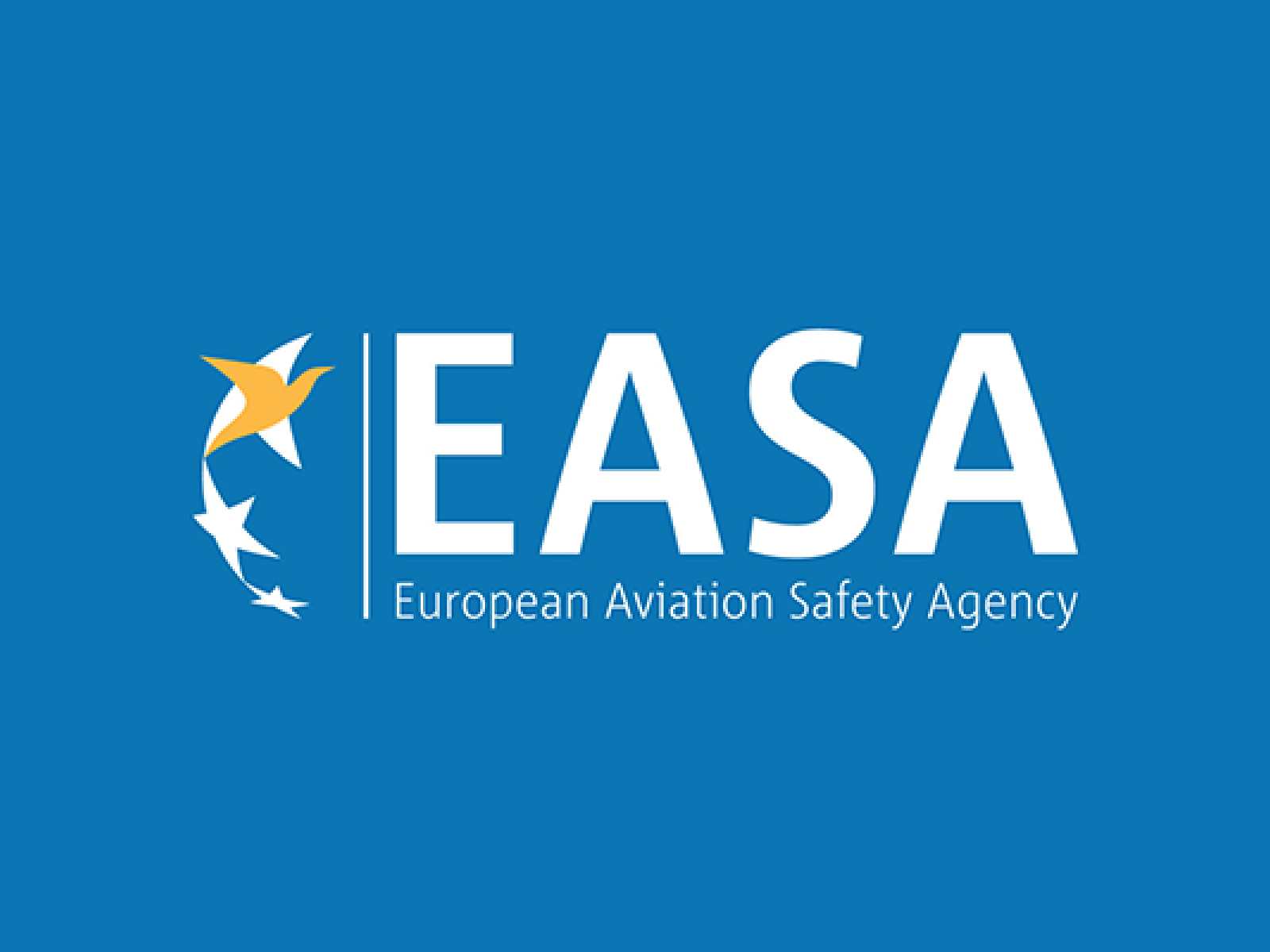EASA introduces ADS-L in new U-Space regulation, further defines e-Conspicuity
If you were worried about running out of stuff to do during the holiday season, EASA has you covered with some solid reading material: Just days before the deadline, they finally published the Acceptable Means of Compliance (AMC) and Guidance Material (GM) to their U-Space regulation framework. This considers countless feedbacks and comments to their initial draft from a year ago (NPA 2021-14).
Three, not one
Lost in the press coverage (interestingly, also in EASA’s own press release) is the fact that the publication consists of three decisions, not just one:
- ED Decision 2022/022/R: AMC and GM to Implementing Regulation (EU) 2021/664. This is arguably the main event, describing in detail the U-Space environment and requirements.
- ED Decision 2022/023/R: AMC and GM to Part-ATS. This describes the new requirements for (traditional) Air Traffic Services due to dynamic airspace reconfiguration (i.e. how drones avoid unexpected manned traffic).
- ED Decision 2022/024/R: AMC and GM to the rules of the air. This decision addresses the means of compliance for the new concept of electronic conspicuity.
These decisions reflect the Implementing Regulations (EU) 2021/664, 665, and 666, respectively. For FLARM users, ED 2022/024/R is probably the most interesting, so let’s dive in.
SERA 6005
The Implementing Regulation (EU) 2021/666 added a single bullet point to SERA.6005, the article that governs the requirements for transponders and radios in certain airspace, such as transponder-mandatory zones. It simply adds the following bullet to SERA.6005:
(c) U-space airspace
Manned aircraft operating in airspace designated by the competent authority as a U-space airspace, and not provided with an air traffic control service by the ANSP, shall continuously make themselves electronically conspicuous to the U-space service providers.
How specifically this is to be done was left to further regulation. Since 2021/666 would become active on January 26th, 2023, EASA needed to publish the AMC/GM well before that date – which is what happened now.
E-Conspicuity
ED 2022/024/R introduces four means to be conspicuous:
- Certified ADS-B on 1090 MHz
- Certified ADS-B on 978 MHz (UAT). This is not currently practical as the frequency band is mostly unavailable for aviation use in Europe.
- ADS-L 4 SRD-860: This is comparable to FLARM. FLARM is mentioned in the decision.
- Through mobile telecommunication networks, including mobile phones or discrete devices. This is still largely undefined.
ADS-L 4 SRD860 is a “FLARM-like” standard that will likely be published early next year. We were instrumental in developing this new standard, together with other manufacturers. The standard is designed to be technically compatible with older FLARM hardware, such that they could be made to at least transmit ADS-L.
Update: The standard has been quietly published on January 25th, 2023: Technical Specification for ADS-L transmissions using SRD-860 frequency band (ADS-L 4 SRD-860).
Ok, but will ADS-L replace FLARM?
In all likelihood, no.
ADS-L is designed as a surveillance system focusing on air-to-ground transmission – it’s not very well suited for air-to-air interaction. For instance, it supports three distinct radio channels (frequencies) that a portable or installed unit cannot easily monitor concurrently. The payload is structured for tracking aircraft, lacking the accuracy needed for collision avoidance. The standard is also incomplete, as it only defines the radio protocol, not the many other aspects of an effective traffic safety solution (this is a point we made a long time ago in a whitepaper). The list goes on.
Assuming the ADS-L standard evolves in future updates geared towards air-air interaction (possible), then there is still the problem of adoption: Currently, there are no active U-Space airspaces throughout Europe. Nobody is required to use it. Even if U-Space was abundant, there are still three other means to comply with the rule, so fragmentation of the installation base has to be expected.
What can we expect from FLARM?
We have invested a lot of effort into helping develop the ADS-L standard since we believe it will be valuable as a tool for surveillance. An open standard is easier to adopt by Air Traffic Management, which would be truly amazing: In place of traditional transponders, you may soon access airspace (e.g. a TMZ) with only your FLARM turned on! Enabling ADS-L on our existing products is feasible by design. We will thus work on providing this via software updates eventually.
But for now, please excuse us while we get a good cup of coffee and start reading up on EASA’s freshly published documents…


